The Shalva Amiranashvili Museum of Fine Arts (Georgian: შალვა ამირანაშვილის სახელობის ხელოვნების მუზეუმი, Shalva Amiranashvilis Sakhelobis Khelovnebis Muzeumi), also widely known as the Art Museum of Georgia, is one of the most significant and largest state museums of fine arts in Georgia. Located in Tbilisi near Freedom Square and Pushkin Street (at 1 Lado Gudiashvili Street), it is an integral part of the Georgian National Museum network. The museum is a treasure trove of Georgian, Oriental, Russian, and European art, showcasing around 140,000 historical items spanning from ancient times to the 20th century.
Historical Building and Legacy:
19th-Century Grandeur: The museum is housed in a grand neoclassical building constructed in 1838. It was originally a theological seminary during the Imperial Russian period, a building historically noted for being where Joseph Stalin studied. Its refined proportions and classical style contribute to its impressive presence in the city.
Founding and Naming: The museum’s origins trace back to the National Art Gallery, opened in 1920 by a group of Western-educated young Georgian artists. It later evolved into the Central Museum of Fine Arts. In 1950, it moved to its current location, and was subsequently named after Shalva Amiranashvili (1885-1937), a distinguished Georgian art historian and a key figure in the preservation and restoration of Georgian art.
Premier Collections and Masterpieces:
Georgian Art – A Comprehensive Survey: The museum holds the most extensive collection of Georgian artwork, offering a chronological journey from medieval times through the 20th century. This includes:
Medieval Goldsmithery and Enamels: A particular strength is its collection of Georgian goldsmith pieces (8th-19th centuries) and unique exhibits of cloisonné enamel (minankari), jewelry, and art textiles (8th-15th centuries), showcasing incredible craftsmanship. Highlights include the Zarzma Icon of Transfiguration, the Bedia Chalice, and fragments of the Khakhuli Triptych.
Medieval Architecture and Monumental Art: Fragments of medieval architecture, wall paintings, mosaics, and sculptures provide insight into Georgia’s rich ecclesiastical art.
Modern Georgian Masters: The museum features a significant representation of prominent Georgian painters of the 19th and 20th centuries, including Niko Pirosmani (though the National Gallery also holds a major collection of his works), Lado Gudiashvili, David Kakabadze, Elene Akhvlediani, Gigo Gabashvili, and many others, showcasing diverse artistic styles from realism to avant-garde.
Oriental Art: One of the largest collections of Oriental art in the post-Soviet countries, with a notable focus on Persian fine arts, particularly Qajar art. This includes exquisite miniatures by Persian court artists.
Russian and Western European Art: The museum also houses collections of 18th and 19th-century Russian and Western European artworks, including paintings, graphic works, ceramics, and porcelain. It features Dutch and Flemish art with works by artists like Petrus Schotanus and Jan Havickszoon Steen.
Visitor Experience and Current Status:
Central Location: Located near Freedom Square and Rustaveli Avenue, the museum is very accessible and easy to incorporate into a walking tour of central Tbilisi’s main attractions.
Renovation and Reopening: The museum building has undergone significant rehabilitation and renovation in recent years. It officially reopened for visitors on October 8, 2024, after being closed for an extended period for these crucial works.
Exhibition Spaces: The newly established exhibition spaces feature both permanent displays of its rich collection and temporary exhibitions that highlight specific periods or artists.
Opening Hours & Tickets: As of its reopening, the museum is typically open Tuesday to Sunday, from 10:00 AM to 6:00 PM, and is closed on Mondays. The standard adult ticket price is usually around 30 GEL (some older sources might state lower prices like 3 GEL, but this has likely been updated with the renovation and reopening). Discounts are available for students and schoolchildren. Guided tours are often offered for an additional fee. It’s highly recommended to check the official Georgian National Museum website (museum.ge) or the museum’s direct website (if available, e.g., finearts.ge) for the most current information regarding hours, ticket prices, and current exhibitions.
The Shalva Amiranashvili Museum of Fine Arts is an indispensable destination for art enthusiasts and anyone wishing to delve deep into Georgia’s remarkable artistic heritage and its connections to broader international art movements.


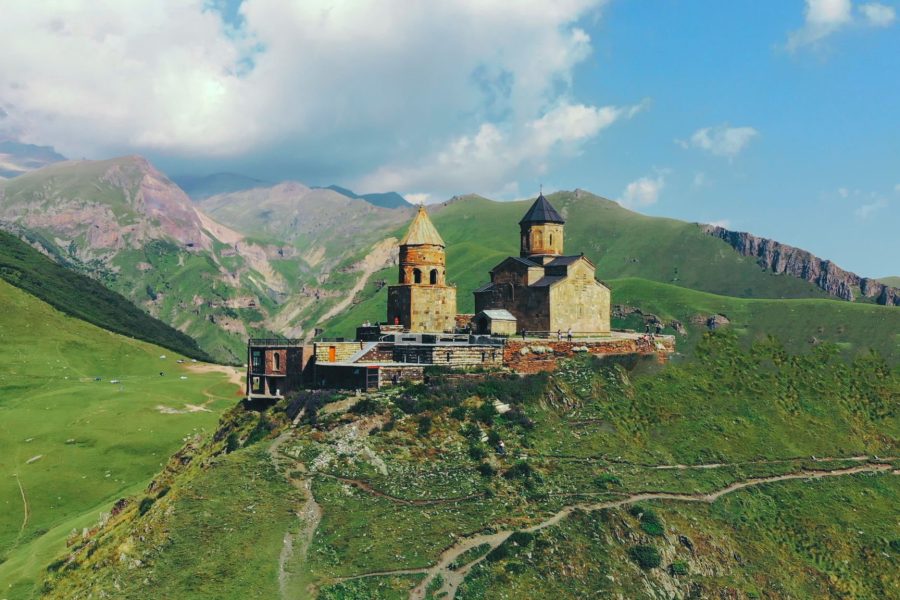
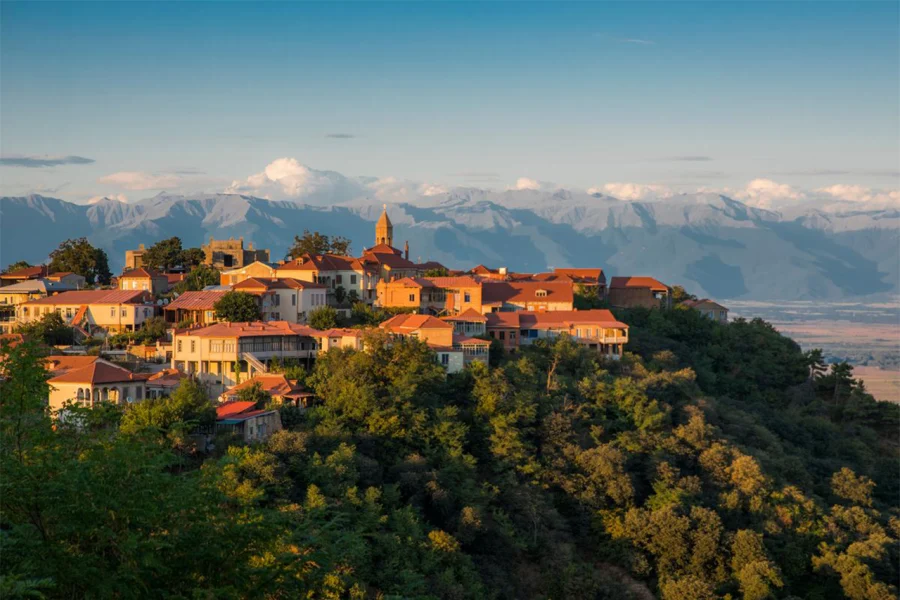
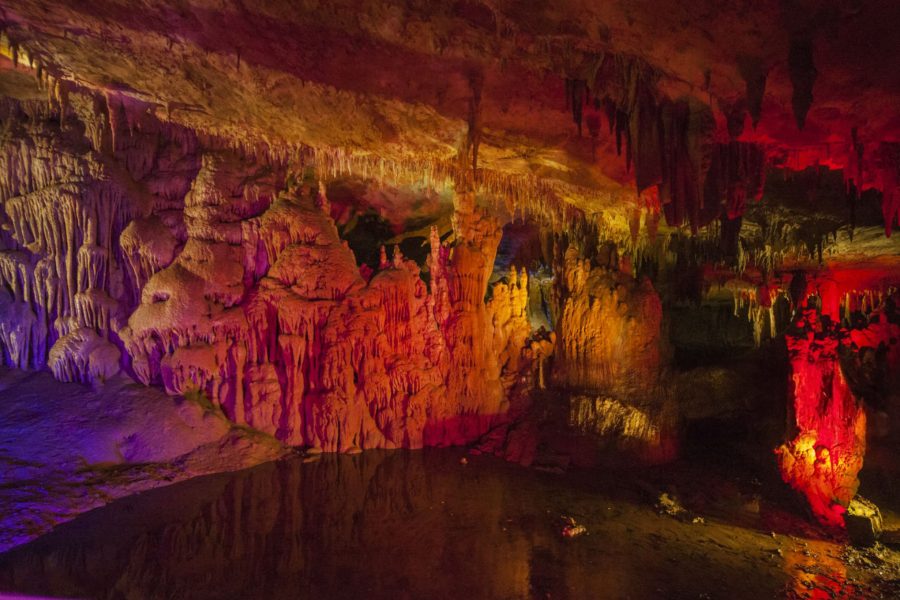

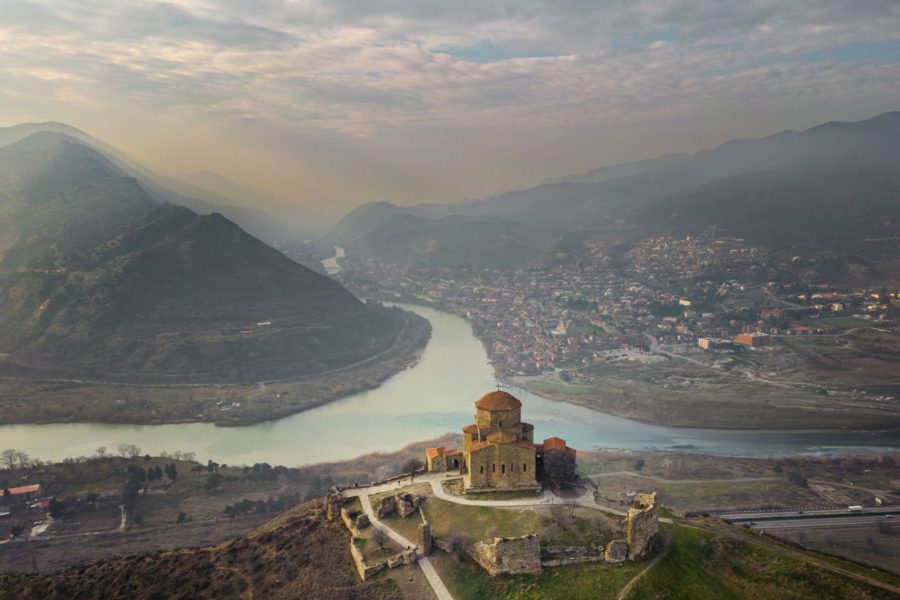
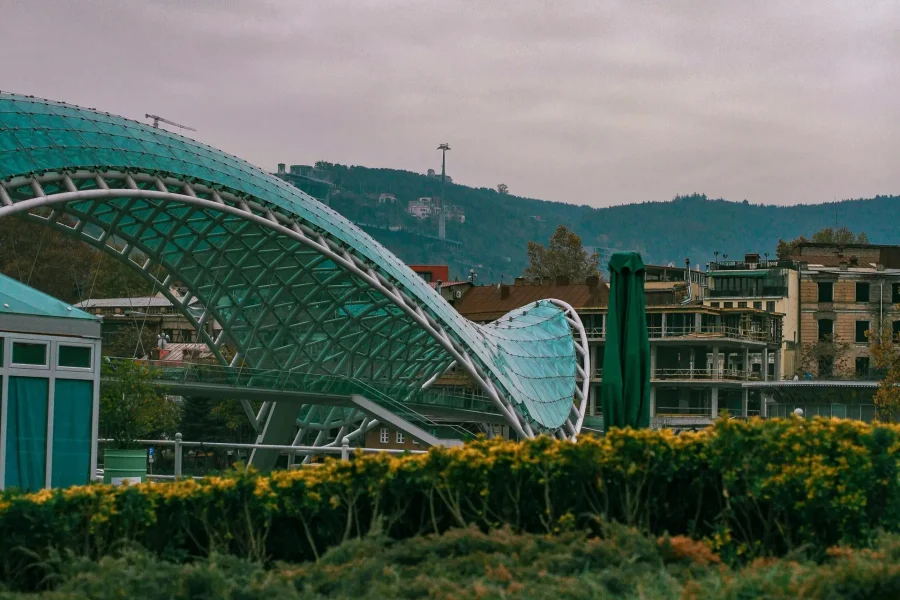
0 Comment